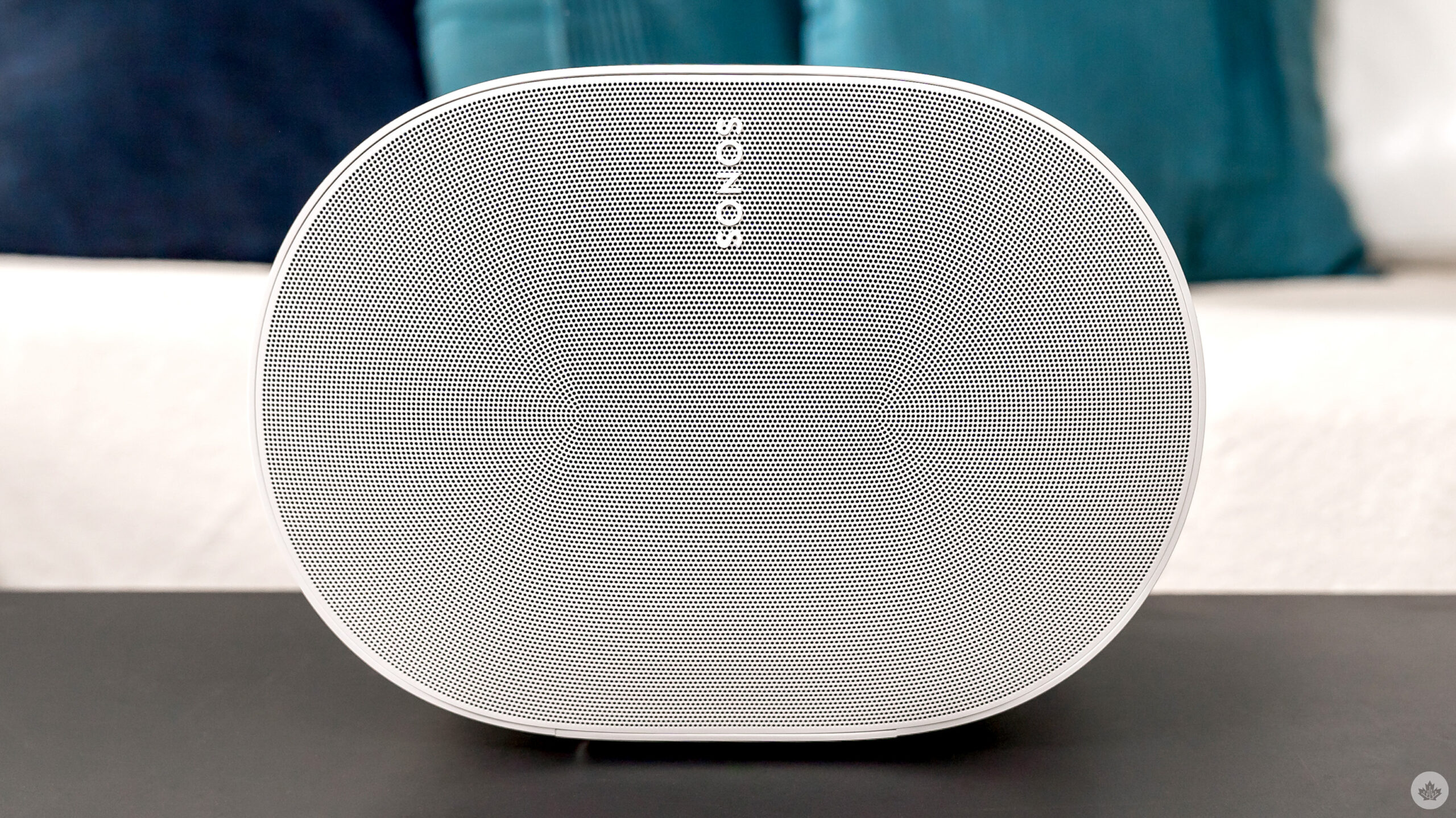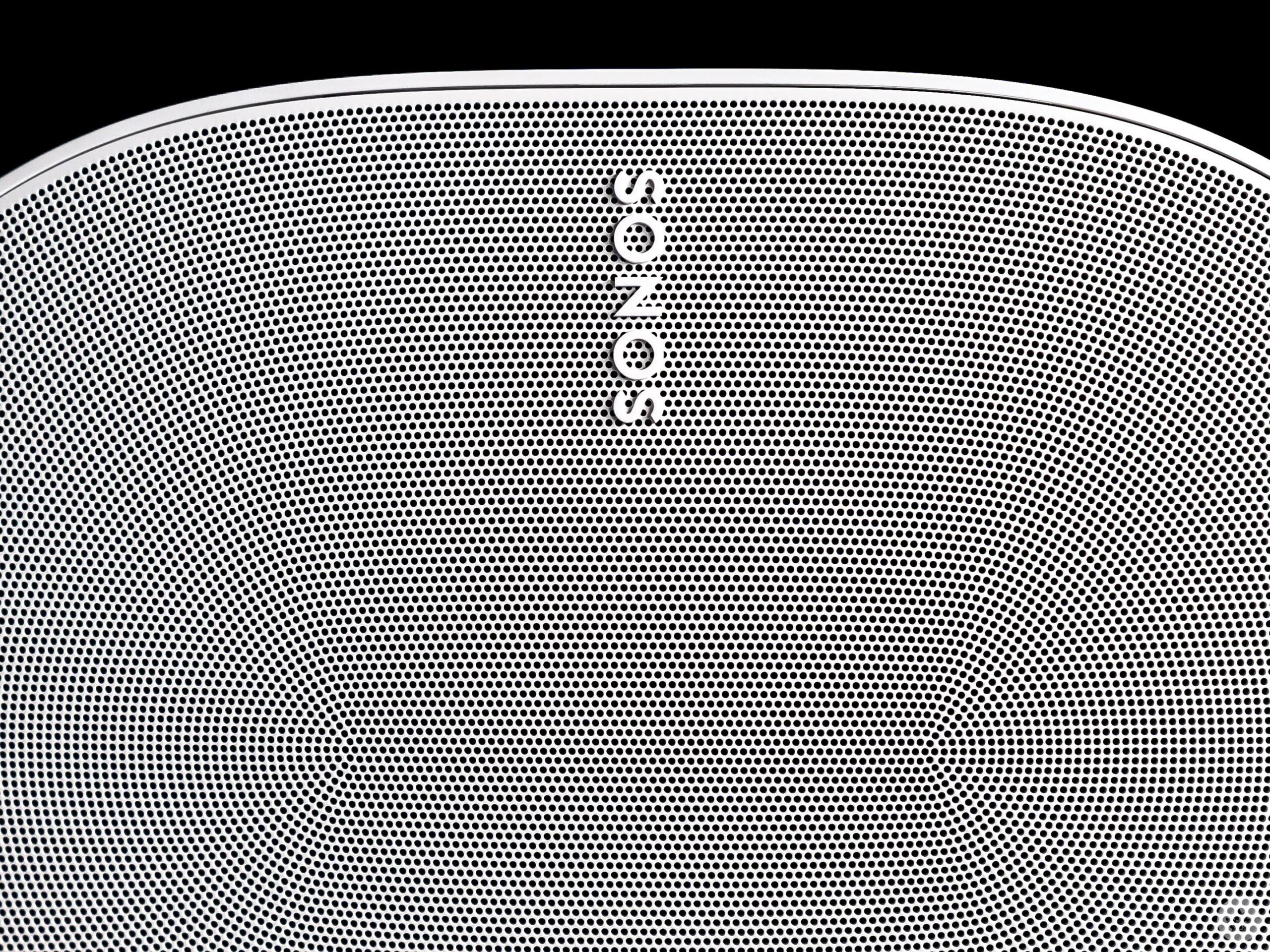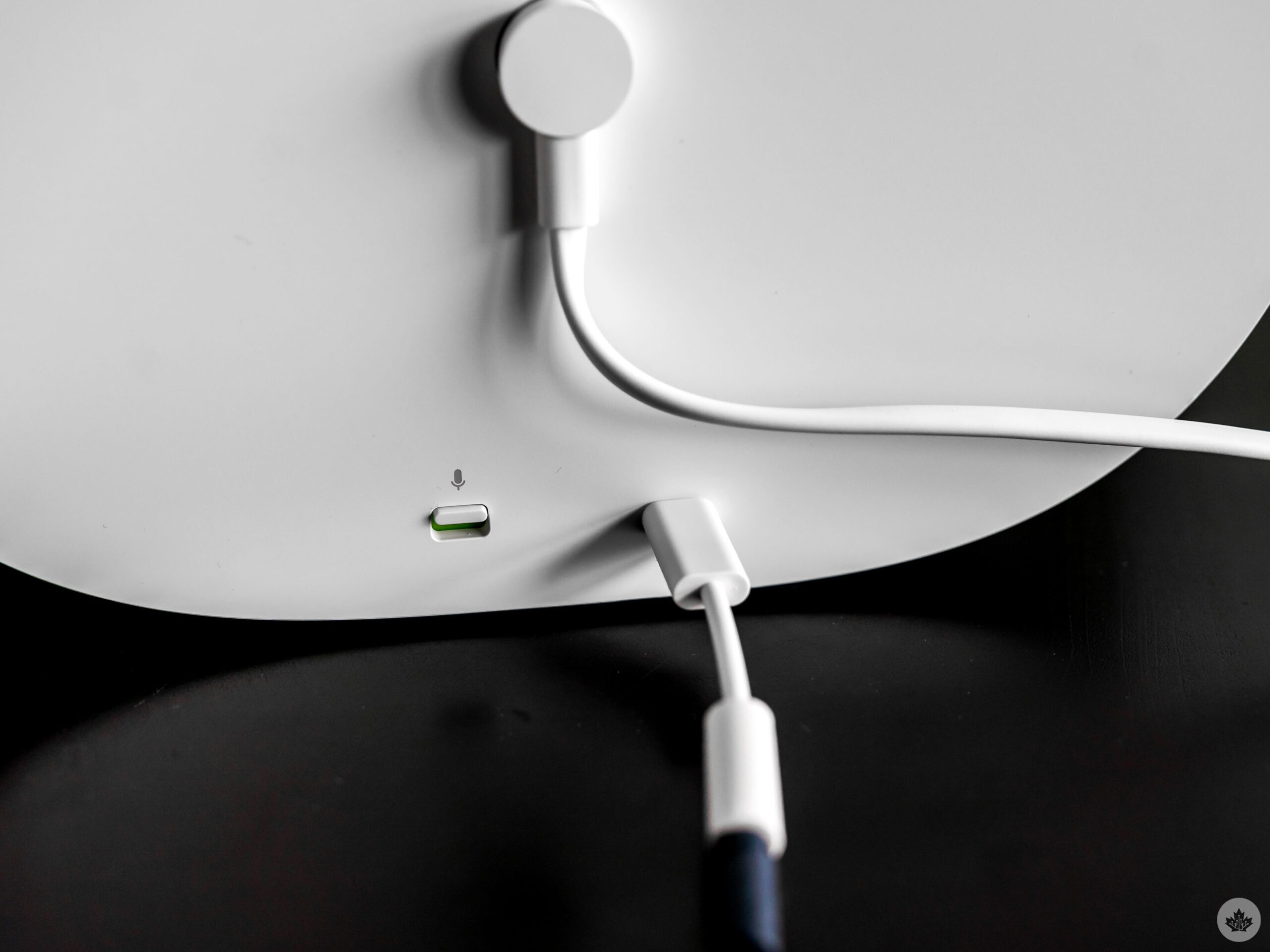
The Pros
- Spatial audio sounds great
- Excellent balance in stereo and hi-res audio
- More connectivity options
The Cons
- Design may not be for everyone
- No Google Assistant
- Expensive
The Sonos Era 300 is probably the most unusual design we’ve seen from any of the brand’s speakers, but it serves its purpose well. The only catch is that it will take some time for spatial audio to grow into a staple feature.
This speaker is also unique in that it doesn’t replace anything in Sonos’ current lineup. The draw here is simple: you get the Sonos experience in a speaker that can play loud and do it in more ways than one. As significant as the spatial audio part of the equation is, so is the Era 300’s ability to play hi-res audio with ease. Put together, Sonos’ engineering comes off sounding good in building a speaker designed to immerse you in the tunes you want to hear and discover.
Sonos enters a new Era
There’s something symbolic about how this speaker seemingly bursts out of itself, but it is by design, of course. How do you get a single speaker to sound like multiple speakers convincingly enough that you’d want to put down $559 to buy it? The answer, at least to me, isn’t about one particular feature. No matter how much Sonos markets it, it’s about how inclusive the speaker turns out to be.
Sonos is presiding over a walled garden that is no longer as tightly controlled. The company continues to make concessions, all of which become increasingly evident in how the Era 300 works. Take, for instance, the USB-C port in the rear, which enables you to connect other products to it via a $25 adapter with 3.5mm line-in and/or Ethernet ports. The Aux-In connection alone opens up all sorts of possibilities, like a turntable or even an old iPod, should you want to do that. Why not a DAC (digital-to-analog converter) to play music at even higher bit rates?
 This kind of integrative approach would’ve been unthinkable for a Sonos speaker of this calibre only a few years ago. It’s now the norm, and I don’t see how the company goes back on that. This is the same for Bluetooth, which I believe will now be standard on all its speakers — save for soundbars — going forward. Not to mention Apple’s Airplay 2, which is really convenient for listening to any audio from iOS devices.
This kind of integrative approach would’ve been unthinkable for a Sonos speaker of this calibre only a few years ago. It’s now the norm, and I don’t see how the company goes back on that. This is the same for Bluetooth, which I believe will now be standard on all its speakers — save for soundbars — going forward. Not to mention Apple’s Airplay 2, which is really convenient for listening to any audio from iOS devices.
That kind of openness really sets the tone here because it means you can view the Era 300 as more than just a new speaker introducing a new way to listen to music. Using more recycled materials and making this speaker (along with the Era 100) easier to repair are other pivots pointing to the same shift in attitude. Sonos deserved the criticism it received over the years for bricking otherwise functional speakers simply because it would’ve been too difficult to fix or refurbish them. The new Era speakers may spell the end of that time.
Setup and app
On cue, Sonos sticks to its penchant for making setup a breeze, and that’s no different here. It may take slightly longer if it’s your first Sonos speaker, but only because you need to set up an account to start. Adding it to my existing Sonos system was seamless, taking no more than a few minutes.
The Era 300 is capable of tuning itself using a built-in version of Sonos’ Trueplay, which uses the onboard microphones to gauge the dimensions and acoustics of a room to get things just right. It’s cool, but as I experienced with the Era 100, you’re better off doing it manually through the app on your iPhone. Android users still have no option on that front, so you’re left with two options: either let the speaker figure it out on its own or borrow a friend’s iPhone and do it that way. Once you move the speaker to another room, though, you’ll need to do it over again.
Look through the Era 300 settings in the app, and you’ll notice spatial audio is on by default. That’s how it should be since the effect only kicks in when it plays tracks coded in Dolby Atmos. Otherwise, it reverts to stereo for everything else. That also happens if you choose to buy two Era 300s and stereo pair them together for left and right channels. Dig deeper into the settings, and you can adjust the height parameters to add more output from the upward-firing driver. While the other options appear limited, like the EQ, playing around with them could yield interesting results.
On the speaker itself, Sonos addressed a key need by crafting an indented volume slider, along with touch buttons for playback and voice assistance.
Speaking of that, you won’t find Google Assistant on this speaker, likely owing to the legal issues between Sonos and Google. The guts inside can certainly handle it, so assuming they mend fences, I can see the feature coming in via a future update, but for now, only Alexa and Sonos’ own Voice Control do the talking. That makes the Era 300 every bit a smart speaker, albeit a shaky one if you’re enmeshed in the Google ecosystem, so it is a trade-off you have to accept for the time being. Voice Control is also still limited to Sonos Radio, Apple Music, Amazon Music and Deezer (Pandora is only in the U.S.), but if you’re down with any of those, you’ll like how smooth it works.
Sounds about right
There’s real power inside the Era 300, though Sonos won’t disclose exactly how much. It’s not the kind of speaker you have to crank up repeatedly to appreciate the muscle underneath because it’s simply evident once you play something good on it.
You’ll notice spatial audio sounds different once you play Dolby Atmos tracks. As of this review, the list is limited to Apple Music and Amazon Music, since Tidal, which has spatial audio, still isn’t on board yet. Either way, when you try it out, the impressive depth makes you feel the music in interesting ways. These tracks were tuned to utilize the various drivers and tweeters in speakers like the Era 300, so different instruments or elements cascade out of the speaker for a fuller sound.
 I’ve experienced technology like this in the past, even going back to 2015, so I know how the waveforms can propagate as if out of thin air, except the difference this time is we have tracks tuned and coded specifically for such a product. I’m not talking suspension of disbelief here; you just have to trust your ears. But I’ll admit, you do need to raise the volume a bit to feel the effect. Having played music often on it going back two months, the subtleties become easier to appreciate.
I’ve experienced technology like this in the past, even going back to 2015, so I know how the waveforms can propagate as if out of thin air, except the difference this time is we have tracks tuned and coded specifically for such a product. I’m not talking suspension of disbelief here; you just have to trust your ears. But I’ll admit, you do need to raise the volume a bit to feel the effect. Having played music often on it going back two months, the subtleties become easier to appreciate.
That’s also why I noted hi-res music deserves some limelight as well, and for two reasons. First, spatial audio is still growing — available tracks are limited to a very small fraction of the massive libraries available on the most popular streaming apps. Second, hi-res audio is far more abundant in comparison, and holds the added benefit of at least trying to make stereo sound even better. The Era 300 already sounds great in stereo — and I suspect you will agree when you play hi-res tracks on it as well. I know audiophiles might scoff at such a notion, given Sonos is more crowd-pleaser than puritanical in catering to the masses, but my ears liked what they heard.
 Could you use the Era 300 as a TV speaker? There are no HDMI or Toslink ports, so your only recourse would be Aux-In through the adapter. I tried it, and while good, I would only consider it if it’s the only speaker you have and you’re willing to give it a go. Sonos, for its part, made clear to me that it never tuned the speaker to sound as good with TVs, so take that for what it’s worth. If your budget is big enough, you could pair two Era 300s as rears with an Arc to create a pretty thunderous surround setup.
Could you use the Era 300 as a TV speaker? There are no HDMI or Toslink ports, so your only recourse would be Aux-In through the adapter. I tried it, and while good, I would only consider it if it’s the only speaker you have and you’re willing to give it a go. Sonos, for its part, made clear to me that it never tuned the speaker to sound as good with TVs, so take that for what it’s worth. If your budget is big enough, you could pair two Era 300s as rears with an Arc to create a pretty thunderous surround setup.
Wrap up
When you pay $559 for a speaker, you should expect it to blow you away at some point, and I believe the Era 300 will pull that off for most. It’s already powerful and capable, with a processor that has yet to be fully tested as far as power and smarts go. The best may be yet to come for it.
That said, I recommend the Sonos Five if you’re more of a stereo purist and don’t care about voice assistant access. That speaker was built to play music with the utmost clarity and balance, standing out among Sonos’ lineup as a stalwart and benchmark. The Era 300 is no slouch, but spatial audio meant different construction, which expands the focus of what it’s supposed to do. If you’re ready to take a chance on it, you won’t be disappointed.
The Sonos Era 300 costs $559 in Canada.
MobileSyrup utilizes affiliate partnerships. These partnerships do not influence our editorial content, though we may earn a commission on purchases made via these links that helps fund the journalism provided free on our website.
"I recommend the Sonos Five if you’re more of a stereo purist and don’t care about voice assistant access"
MobileSyrup may earn a commission from purchases made via our links, which helps fund the journalism we provide free on our website. These links do not influence our editorial content. Support us here.


